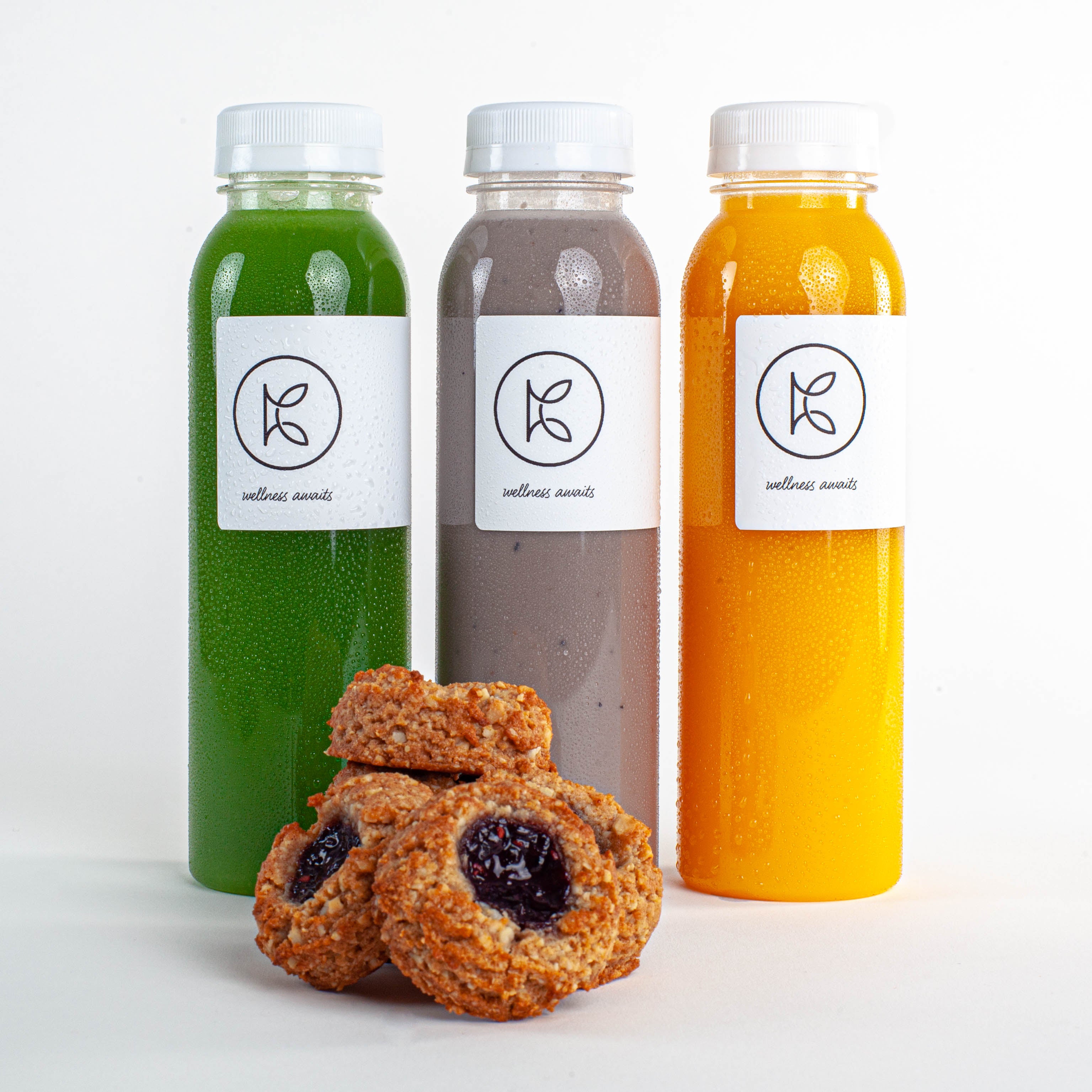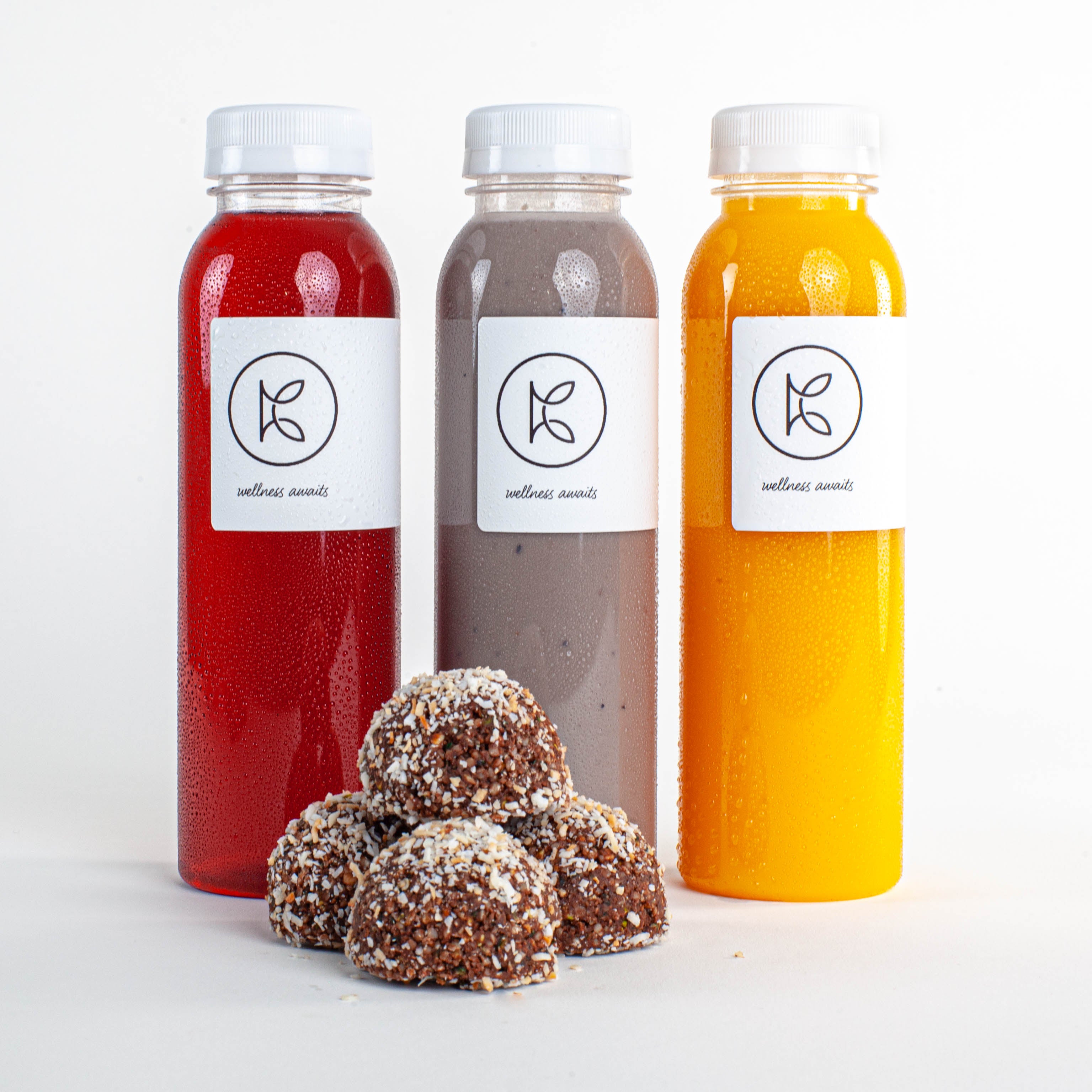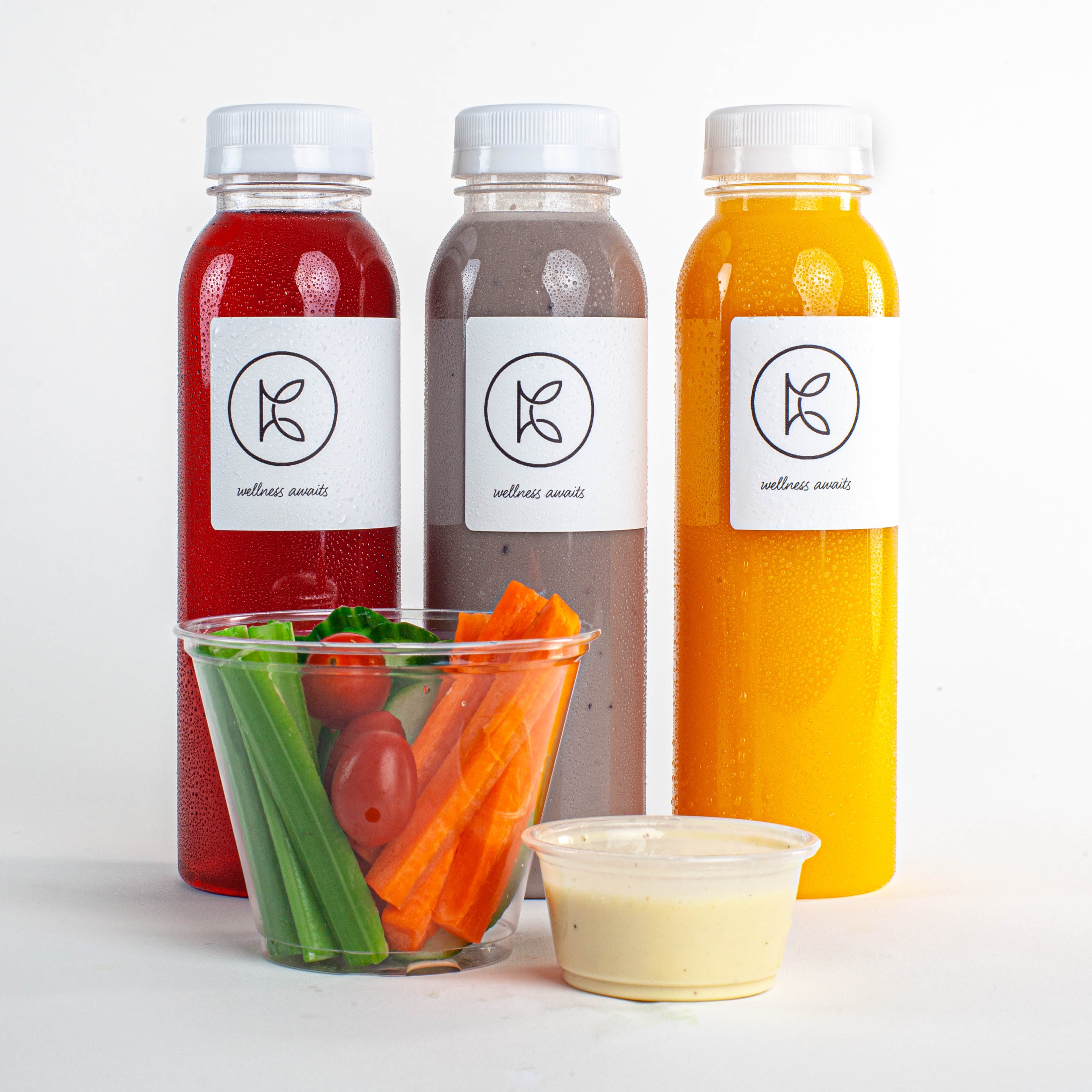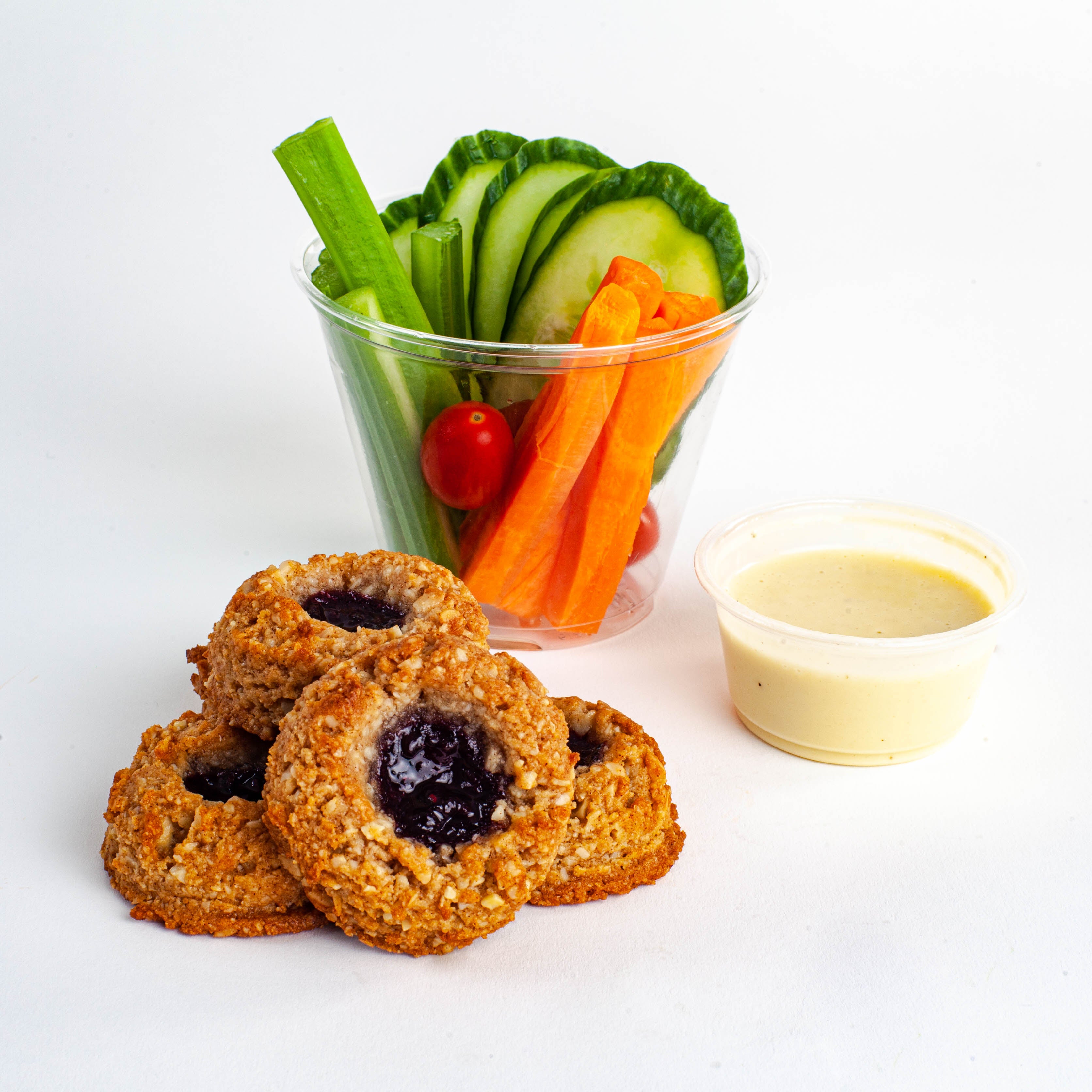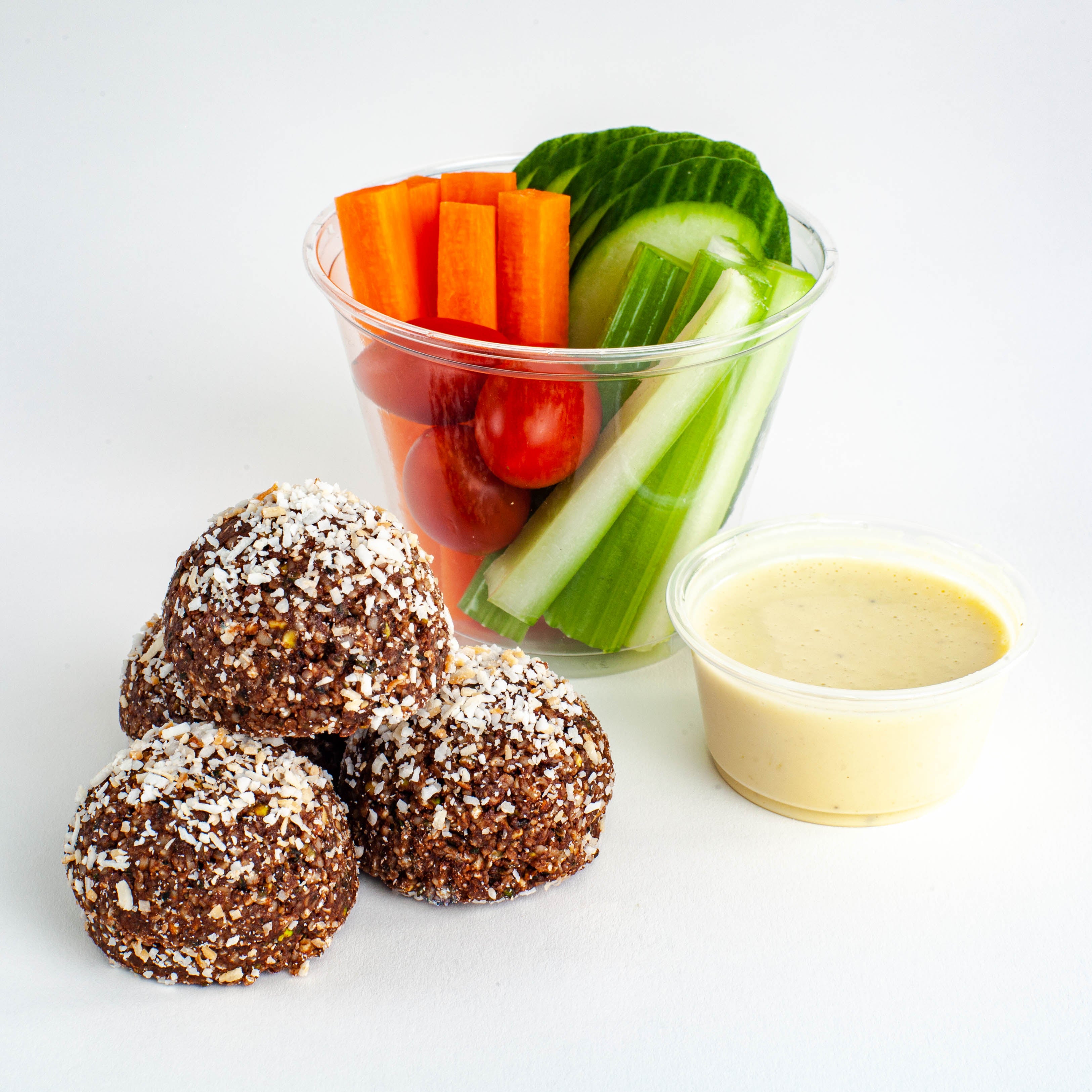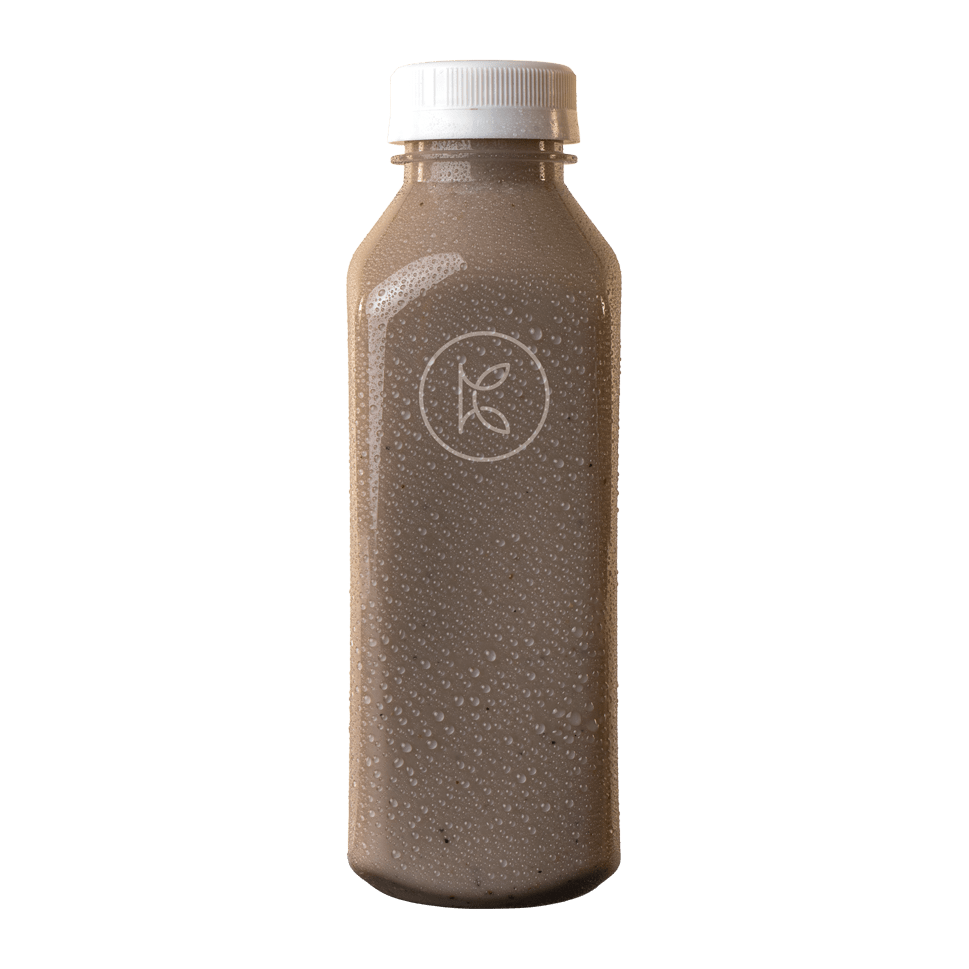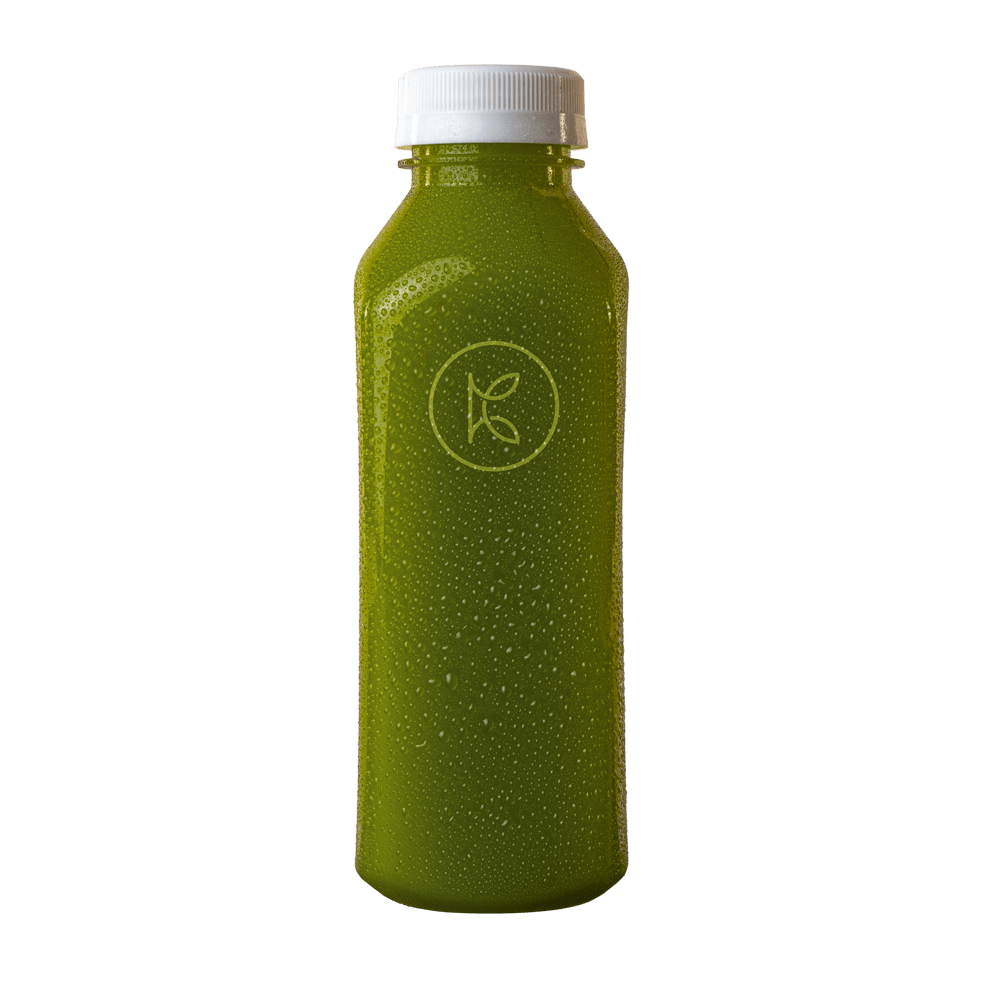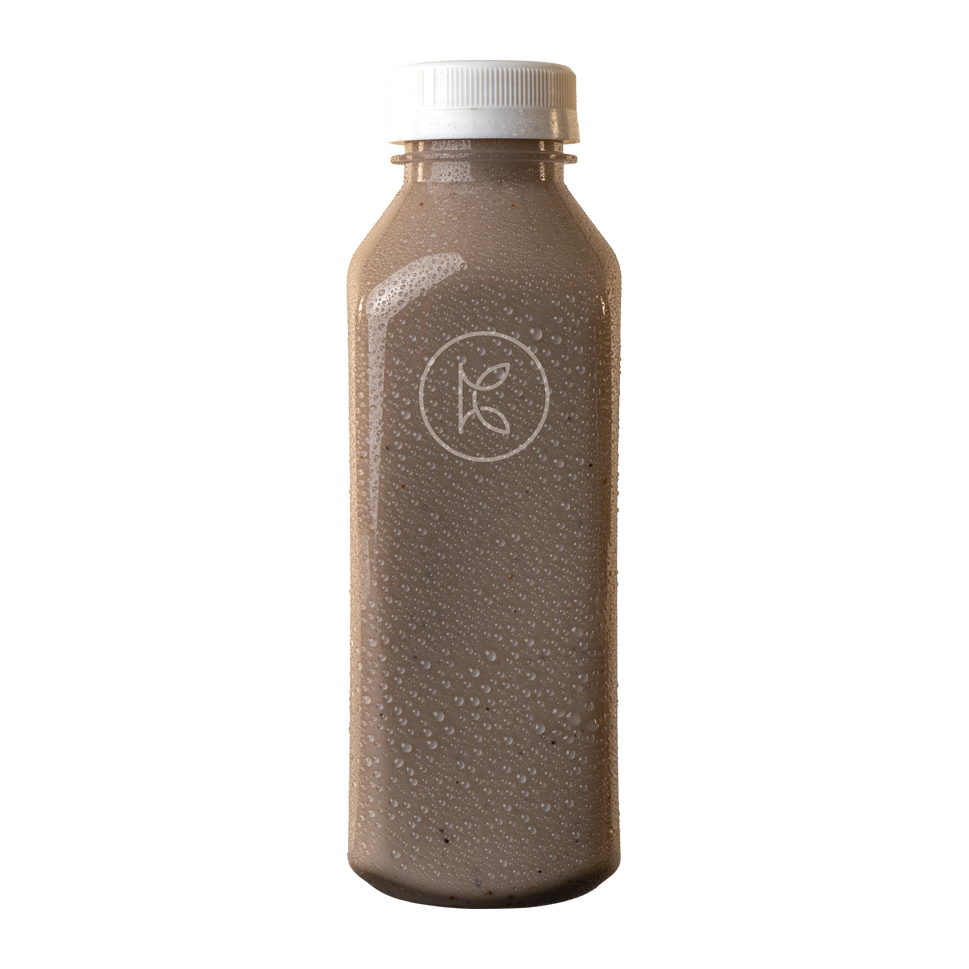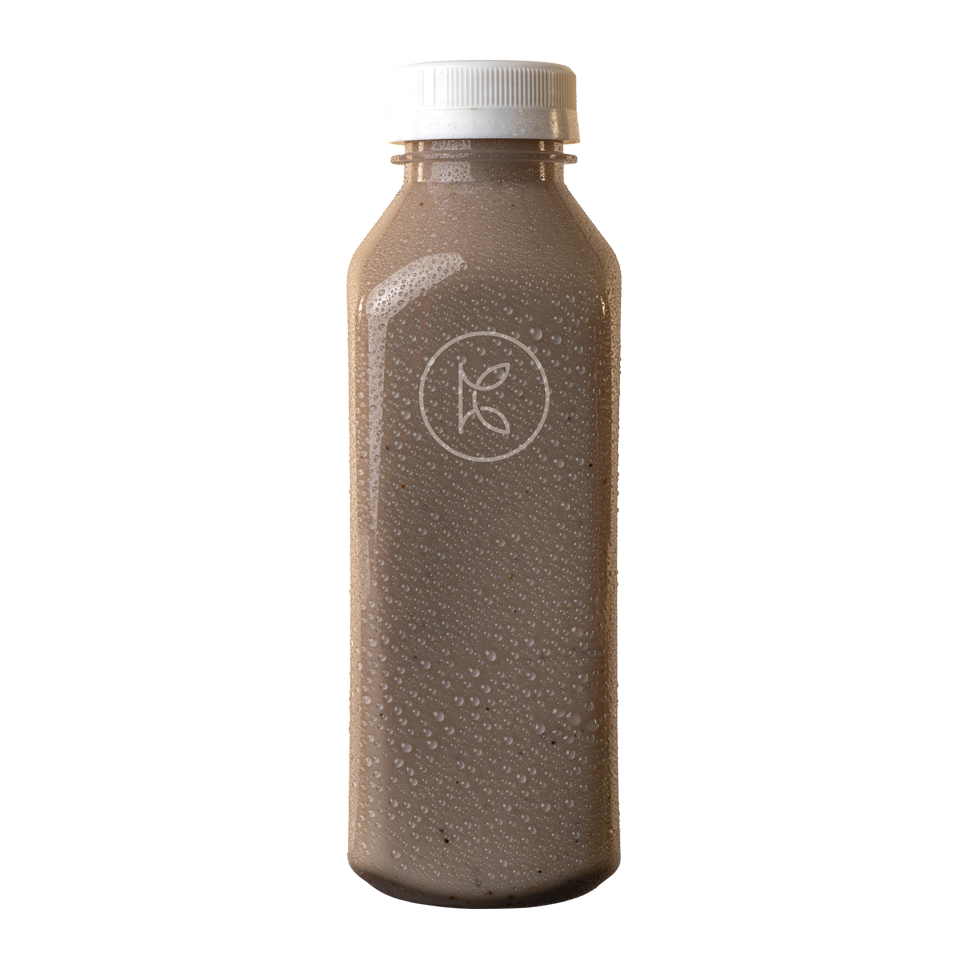Thinking about trying keto but not totally sure what you’re signing up for? Well, don't worry, because you’re not alone. With all the buzz around low-carb living, high-fat everything, and something called “ketosis,” it’s easy to feel overwhelmed before you even skip your first slice of toast. But don’t worry, this beginner-friendly guide is going to break it all down in an easy-to-understand way.
You’ll learn what the ketogenic diet actually is, how it works, and why it might be the simple, satisfying shift your body’s been waiting for. Whether your goal is to feel more energized, lose weight, or stop that 3 p.m. snack spiral, keto can help you rethink your relationship with food (and yes, bacon is still invited).
What Is the Keto Diet?
The ketogenic or keto diet is a low-carbohydrate, high-fat way of eating designed to shift your body’s main fuel source from carbs to fat. Instead of running on sugar from bread, pasta, and snacks, your body burns fat for energy, a state called ketosis.
Keto focuses on whole, minimally processed foods, which means loading up on healthy fats, quality proteins, and low-carb veggies. Then you also want to work on cutting out most sugar, grains, and starchy foods. With keto, your body learns to burn a smooth, steady fuel instead of bouncing your blood sugar all over the place.
Understanding Ketosis and Your Macronutrients
Keto works by changing your macronutrient ratio. Normally, most people eat diets high in carbs, moderate in protein, and lower in fat. But on keto, that flips. This typical breakdown of daily macros is what most people aim for:
- Fat: 70–75%
- Protein: 20–25%
- Carbs: 5–10%
By drastically reducing your carb intake, your body enters ketosis, a metabolic state where it starts using fat as its main energy source. Once in ketosis, your body will burn that extra fat for fuel instead of sugar.
Types of Ketogenic Diets
Keto isn’t one-size-fits-all, and that’s a good thing. Depending on your lifestyle, fitness goals, and how much structure you want, there are a few different ways to approach it. Some people like to keep things simple, while others adjust their carb timing or protein intake to better suit their routine. Below is a quick breakdown of the most common versions so you can see which one feels like the right fit.
Standard Ketogenic Diet (SKD)
This is the most popular version and what most people mean when they say “keto.” It follows the classic high-fat, low-carb ratio and is great for beginners looking for steady results.
Targeted Ketogenic Diet (TKD)
TKD allows for a little extra carb intake around workouts, which is helpful for athletes who need quick energy during training but want to stay mostly in ketosis.
Cyclical Ketogenic Diet (CKD)
This style involves doing keto most of the week and adding in higher-carb “refeed” days and is often used by bodybuilders or those doing intense physical activity.
High-Protein Ketogenic Diet
Similar to standard keto, but with slightly more protein. Think 60% fat, 35% protein, and 5% carbs. This option works well for those who want to preserve muscle mass or feel more satisfied after meals.
Health Benefits of the Keto Diet
The ketogenic diet has been linked to a number of potential benefits — some physical, some mental. You'll quickly see why so many are embracing the keto way of eating.
- Weight loss support: Many people lose weight faster on keto due to reduced appetite and better fat-burning.
- More stable energy: No more afternoon crashes because fat is a slower-burning fuel that keeps energy steady.
- Improved mental clarity: Some people report sharper thinking and better focus once they’re fully in ketosis.
- Reduced cravings: Healthy fats and steady blood sugar help cut down on snacking and sugar urges.
- Blood sugar support: A low-carb diet can help reduce blood sugar spikes and may support better insulin sensitivity.
- Appetite control: When your meals are satisfying and balanced, you’ll likely feel full longer.
Sure, keto helps with weight, but it can also do your heart a favor. Less sugar and fewer refined carbs might mean lower inflammation and better triglyceride levels. Many people find that keto is a reset that helps them feel better, eat smarter, move with more energy, and take control of their health from the inside out.
The Not-So-Fun Stuff: Common Side Effects & How to Avoid Them
Starting something new sometimes comes with a few bumps. The ketogenic diet is no different. The good news is these side effects are usually temporary. Here are a few ways to ease them.
- Keto flu: You might feel tired, foggy, or achy in the first week as your body adjusts. Stay hydrated, get rest, and add electrolytes like magnesium and sodium.
- Constipation: A sudden drop in fiber can slow digestion. Keep green leafy vegetables in the mix and drink plenty of water.
- Bad breath: It’s a weird side effect of ketosis (thanks to ketones). Chewing minty gum and drinking water can help.
- Low energy, at first: Your body is switching fuel sources, which can feel draining at the start, but this usually passes after a few days.
- Electrolyte imbalance: When you drop carbs, your body flushes out water and minerals. Add salt to meals and consider potassium-rich foods like avocado or a mineral supplement.
Tips for Getting Started With the Keto Diet
Keto doesn’t have to be overwhelming. Here are a few things that actually help when you're just getting started.
- Clear out the pantry. If it’s not there, you can’t eat it. Remove tempting carb-heavy foods and make room for fresh ingredients.
- Prep easy meals ahead. Keep things simple with batch-cooked keto meals: proteins, chopped veggies, and sauces ready to go. Having food on hand helps avoid last-minute slip-ups.
- Learn to love healthy fats. Avocado, olive oil, nuts, and seeds should be regulars on your plate. Don’t be afraid of fat; it fuels the keto lifestyle.
- Drink more water. Drinking enough water helps your system clean itself out and keeps your stomach happy, especially when you're just starting.
- Don’t fear salt. Low-carb diets cause you to lose sodium faster. Add a pinch to meals or sip on broth to keep things balanced.
- Track your food. Apps can help you understand your carb intake and make sure you’re staying in range. It’s a short-term habit that builds long-term success.
Let Kooshi Take the Wheel: Easy Keto Meals, Delivered
Starting keto doesn’t mean you have to become a full-time chef. If meal prep feels like a chore or you're too busy to think about macros, Kooshi Gourmet has your back.
Our flavorful, chef-crafted keto meals make it easy to stay on track — no measuring, chopping, or last-minute Googling required. Whether you’re new to a low-carbohydrate diet or looking to upgrade your routine, Kooshi brings the convenience of fresh, ready-to-eat meals that fuel your goals.
We also have options for paleo meal lovers, clean eaters, and anyone looking for a smarter meal delivery solution. Try Kooshi today and let your food work for you.
FAQs
What is the main goal of the keto diet?
The main goal is to shift your body’s fuel source from carbs to fat, entering a state of ketosis where the body is burning fat for energy. This often supports weight loss and better energy.
How long does it take to get into ketosis?
It usually takes 2–5 days of low-carb eating to enter ketosis, but this varies based on your metabolism, activity level, and carb intake.
Is the keto diet safe for everyone?
Most people can try keto safely, but it’s not for everyone. If you have a medical condition or take medication, talk to your doctor first.
Can I do keto if I’m a vegetarian or vegan?
Yes! While it takes more planning, a plant-based version of the keto diet is possible using healthy fats, low-carb veggies, and vegan protein sources.

